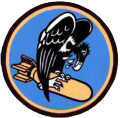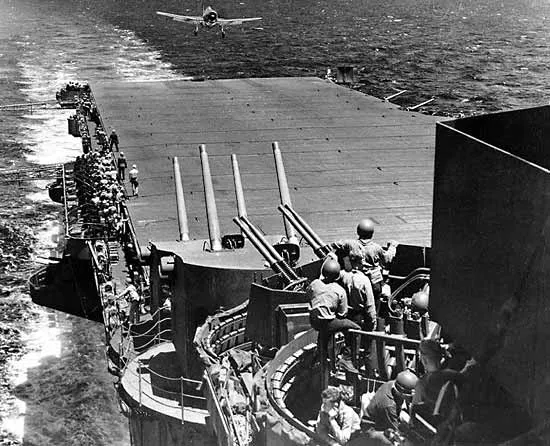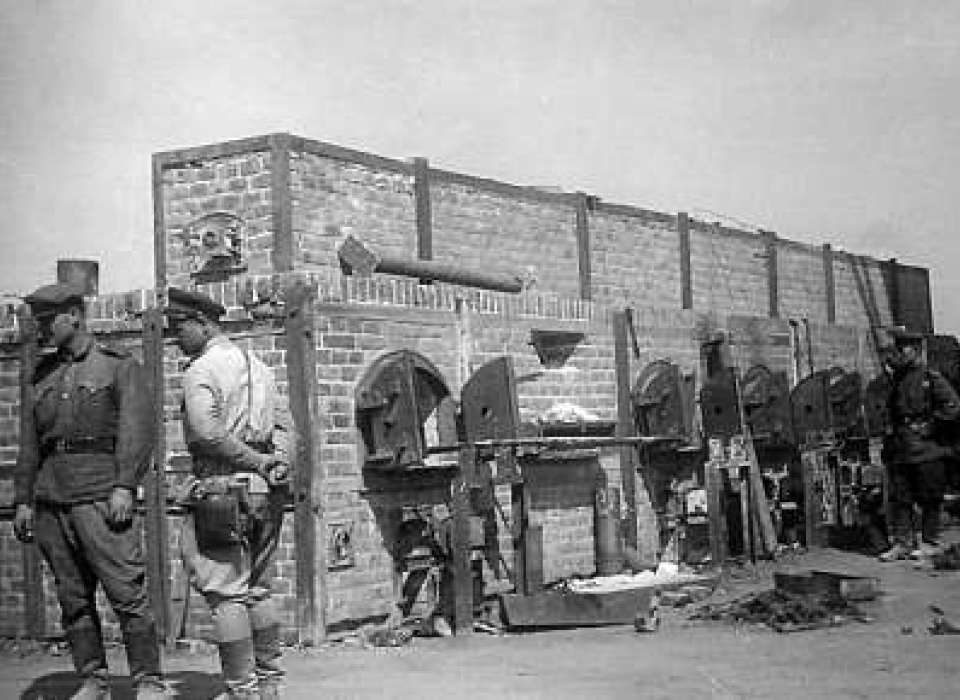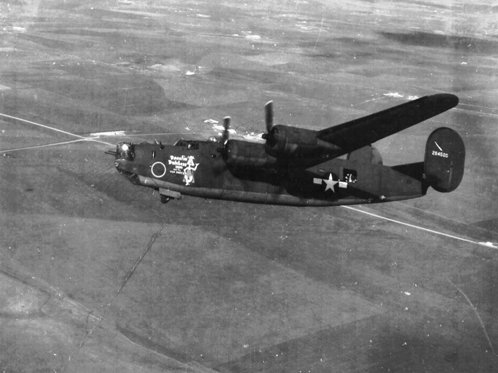Vulgar Vultures
Website Updates
3/5/2025: Escape and Evasion Reports added
2/8/2025: Accident Reports added
2/4/2025: General Orders (1944-1945) added
2/3/2025: Missing Air Crew Reports added
A Brief History of the 455th Bombardment Group (H)
The group was activated July 1943 with four essentially stand-alone bomb squadrons: 740th, 741st, 742nd, and 743rd. After a somewhat nomadic training regimen with dilapidated equipment, the pieces of the group came together at Langley, VA in October 1943. They were issued G and H models of the Consolidated B-24 Liberator.
They departed Langley in December 1943 and flew to Tunisia by way of Brazil, arriving in January 1944. They remained in Tunisia until completion of their airfield at San Giovanni, Italy, about five miles west of Cerignola and 20 miles southwest of Foggia. The group moved to San Giovanni in February 1944 and flew its first combat mission (Anzio) on 16 February 1944 as part of the 304th Bomb Wing, Fifteenth Air Force. The group flew its last mission (Linz, Austria) 15 months later on 25 April 1945. The mission scheduled for the following day was cancelled and the group began preparations to return home. Probably no one was sorry.
The group had only two commanders during combat operations. Col. Kenneth A. Cool commanded from July 1943-September 1944. Col. William I. Snowden then commanded until May 1945. Both survived the war but both are now deceased.
Join the 455th’s Facebook group for routine information, website update announcements, and connect with other 455th family members and friends!
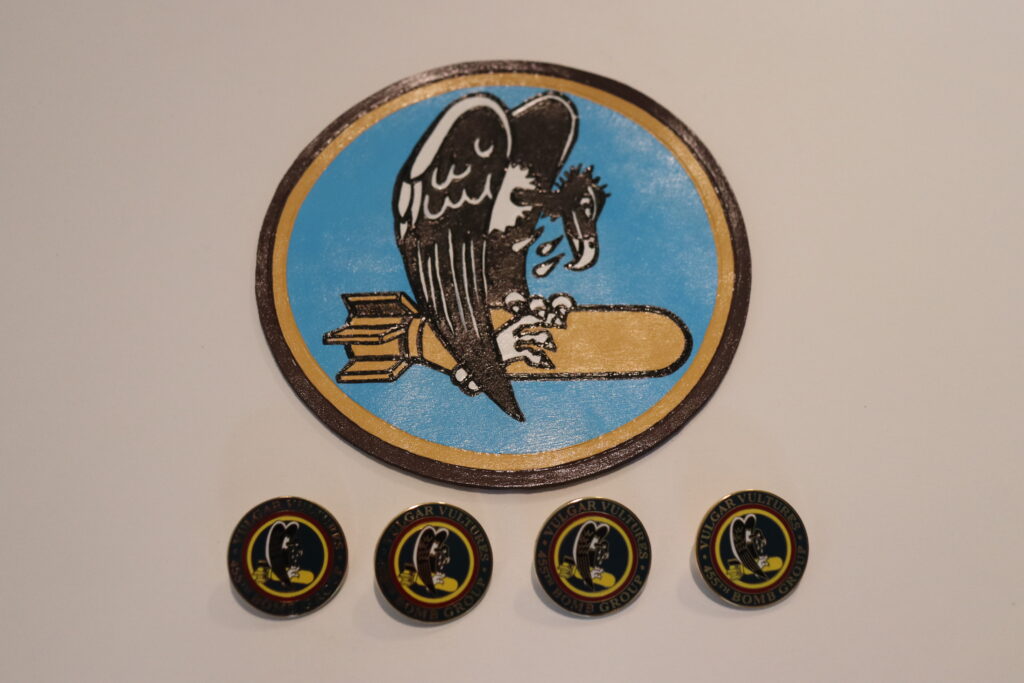
Support the page by purchasing a 455th lapel pin or leather patch! Use the contact portion of the site to place an order. All proceeds support website operations cost and ongoing research.
Additional Material

